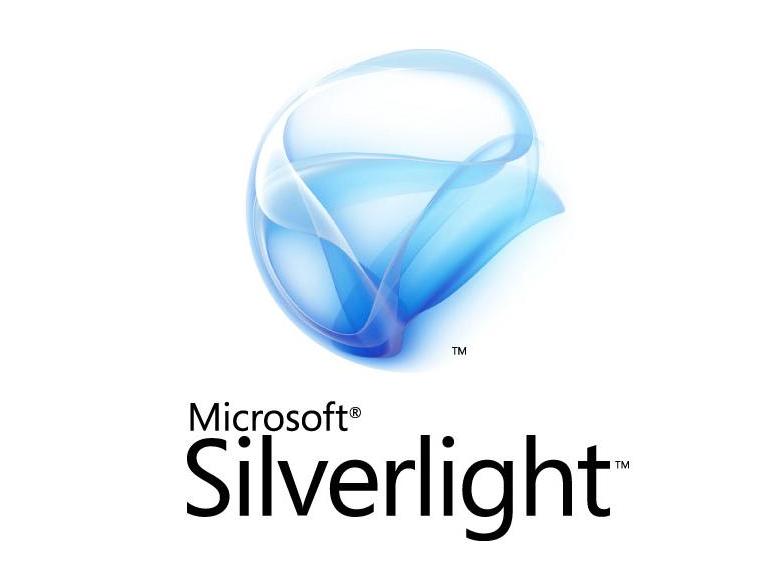Hi Ho Silverlight
Microsoft claims its new widget will "light up the web"

Traditionally, what happens in Vegas stays in Vegas. Not this time, though. Microsoft may have chosen Sin City as the venue for the launch of its Silverlight browser plug-in, but it's hoping that the word about Silverlight will spread around the globe.
On the face of it Silverlight is an alternative to the Flash Player. It has support for high-quality video streaming - up to 720p high-definition resolution, if your broadband pipes are broad enough. And it also supports images, vector graphics, animation and text.
Like Flash, it's cross-platform, so it runs on Macs as well as PCs. And like Flash, it's cross-browser, so it runs in Firefox and Safari as well as in Internet Explorer 7. Microsoft also plans to bring Silverlight to Windows Mobile phones and to the Opera browser. And the open source Mono project will bring Silverlight to Linux too.
This is good news for anyone who's been turned off by streaming media sites and their "Sorry, IE only" bouncers. Through Silverlight, media streaming sites that currently cater for IE users can now easily cater for Firefox and Safari users too.
We've already seen some excellent examples of this in action, such as live sports streams and high-definition movie rentals from the likes of Netflix. And anything that makes more sites get rid of their "No Macs" policy is fine by us. But this is just a small part of the Silverlight story, because Microsoft has much bigger things on its mind.
Work in progress
Version 1.0 of Silverlight - which is currently in beta, with a final release due in the summer - takes care of the multimedia stuff. But Microsoft has also built a second version with the cunning name of 1.1. This version is in alpha, which means it's still very much a work in progress. It adds serious programming power via the .NET framework.
This is the programming system built into Windows. It's what software companies use when they write Windows applications. Microsoft has essentially chopped it up into little bits and shoved the most useful ones into Silverlight.
Get daily insight, inspiration and deals in your inbox
Sign up for breaking news, reviews, opinion, top tech deals, and more.
In effect, this means desktop programmers can bring some of their skills to the web, building complicated, browser-based applications that work on all the major browsers on both PC and Mac. That's a very big deal indeed. Because as the success of Google's various programs, sites such as Flickr and so on demonstrates, software is moving away from the desktop and onto the internet. W
ith Silverlight, Microsoft is hoping that people will use its technology to build the next generation of online applications. And it's working hard to attract those developers by ensuring Silverlight doesn't just support Microsoft programming languages, but also popular, non-Microsoft programming systems such as Python and Ruby.
Stiff competition
So will Silverlight "light up the web", as Microsoft claims? It's too early to tell. Microsoft is still working out what it's putting in Silverlight 1.1, so don't expect a final version of that plug-in for a good while yet.
It also faces stiff competition from Adobe, whose Flash Player is already being used by a host of online applications such as photo editors and other goodies. Adobe's Apollo system will also enable web designers to run their applications on the desktop as well as in web browsers.
And there's also Sun, whose Java platform is used not just by websites but also by Office suite developers and mobile phone developers.
In the end, though, picking a winner isn't important - for internet users, at least. Silverlight, Apollo and Java are all cross-platform. So no matter which one developers choose, we should all be able to use the resulting applications.
Gary Marshall
Tech.co.uk was the former name of TechRadar.com. Its staff were at the forefront of the digital publishing revolution, and spearheaded the move to bring consumer technology journalism to its natural home – online. Many of the current TechRadar staff started life a Tech.co.uk staff writer, covering everything from the emerging smartphone market to the evolving market of personal computers. Think of it as the building blocks of the TechRadar you love today.